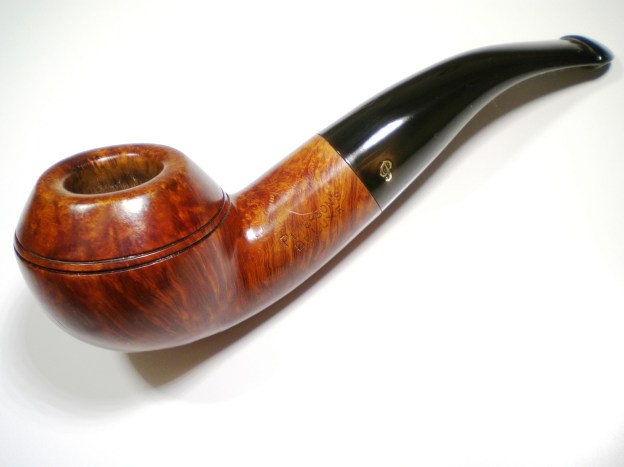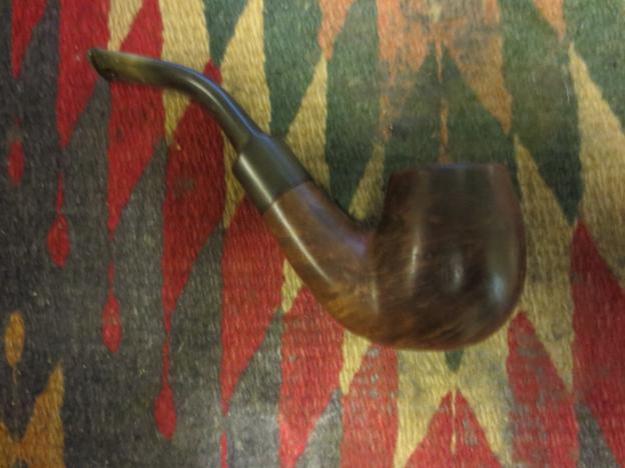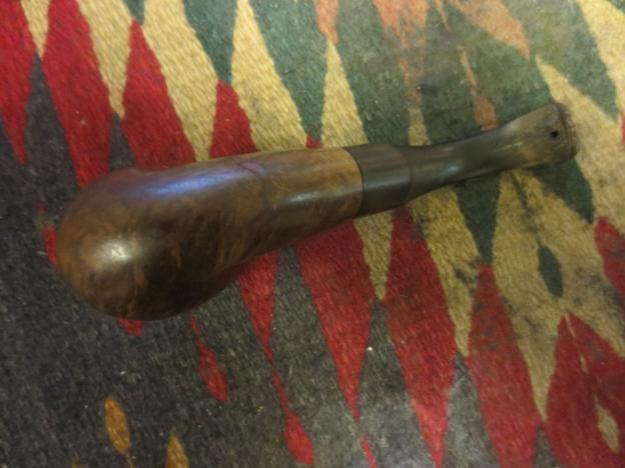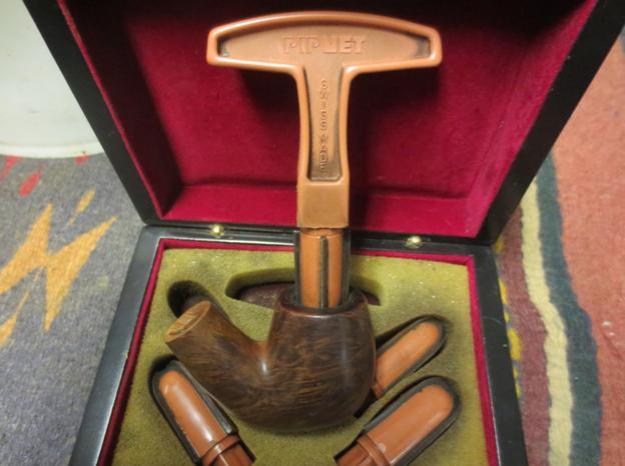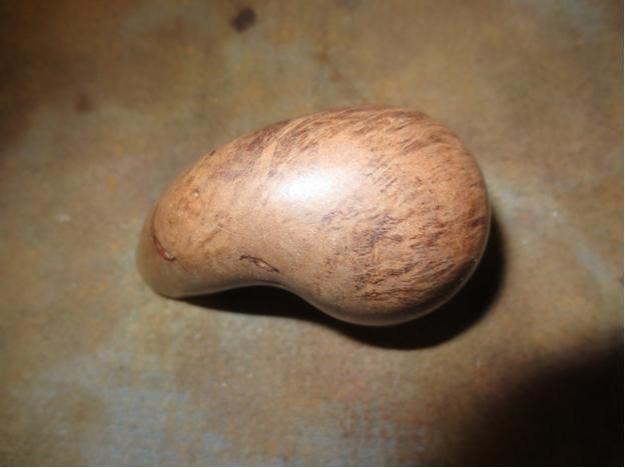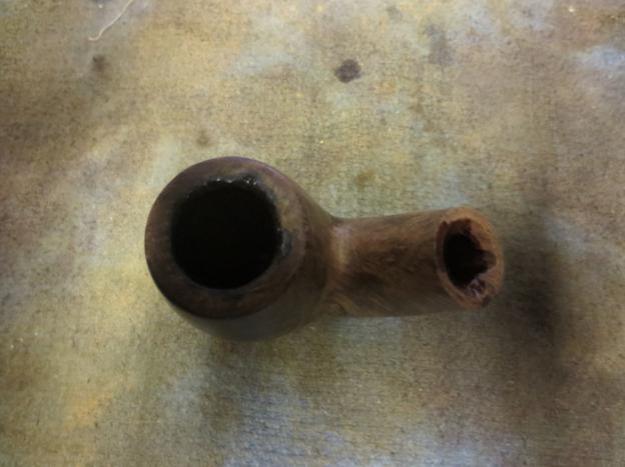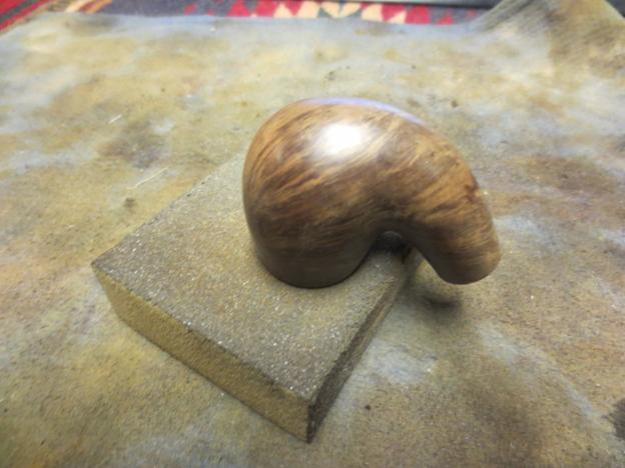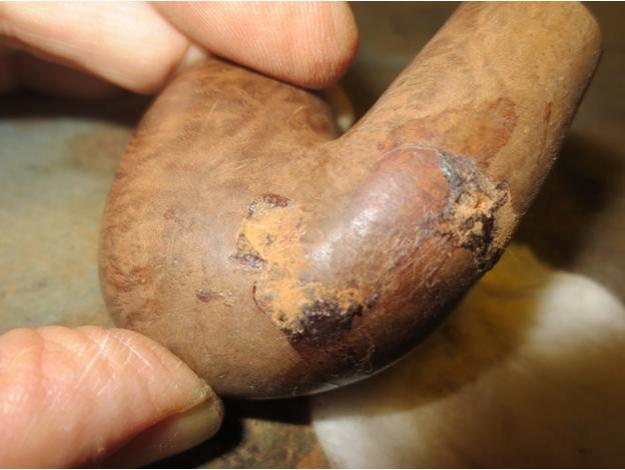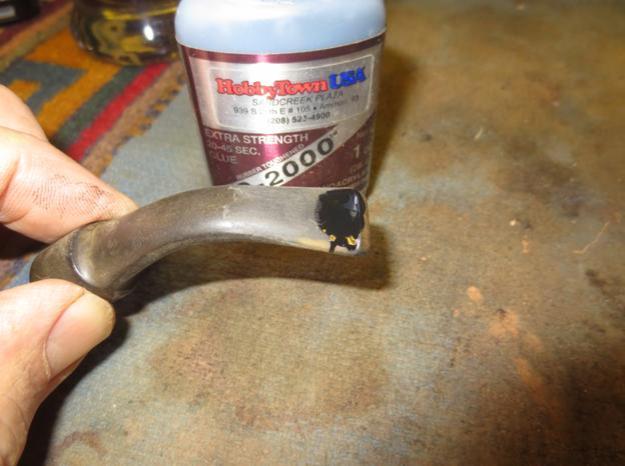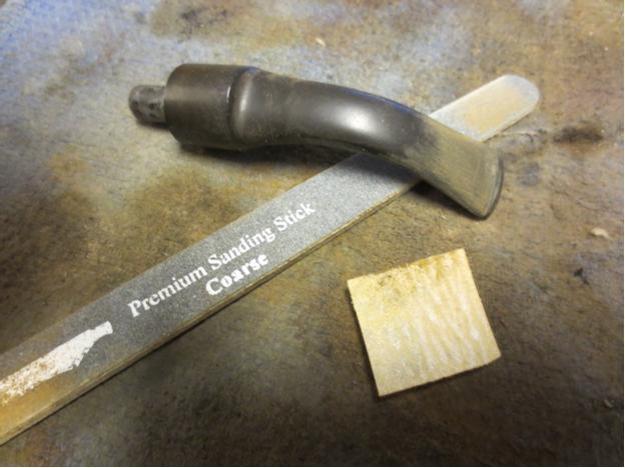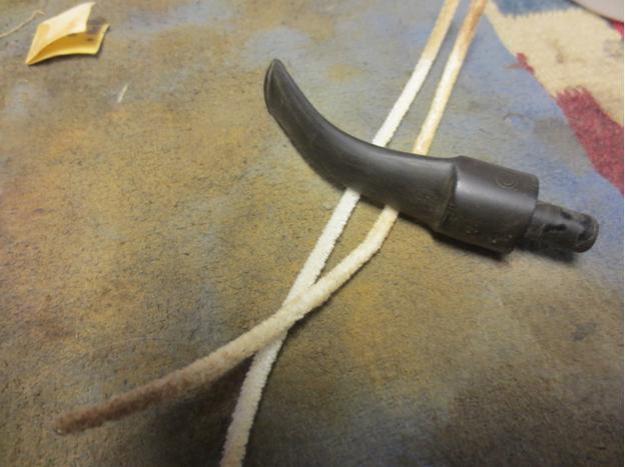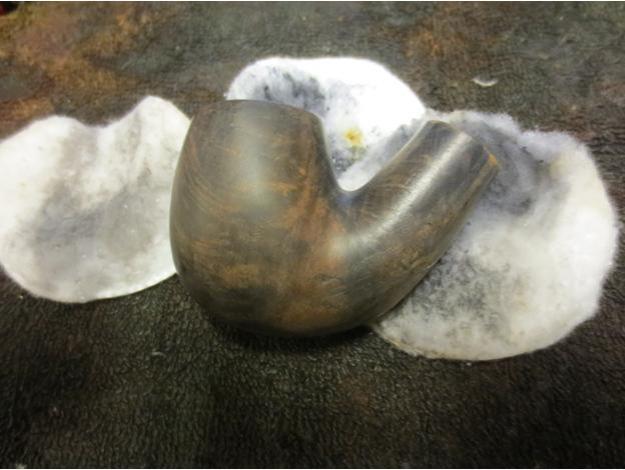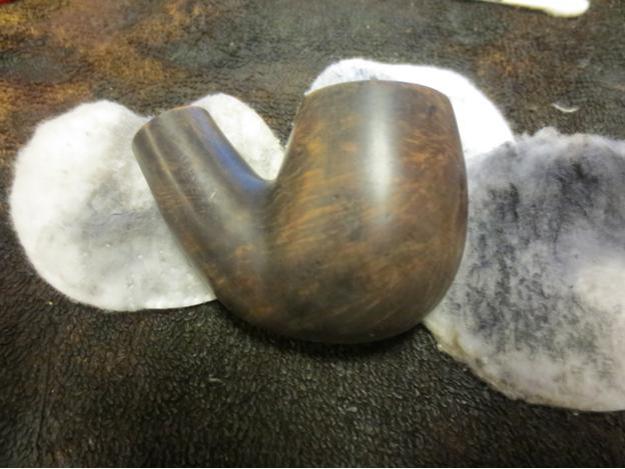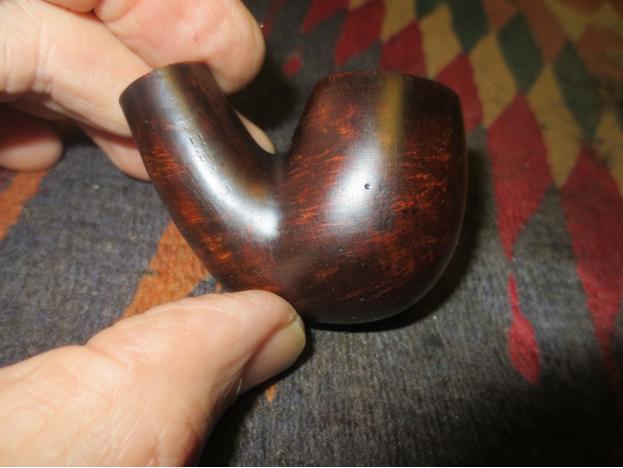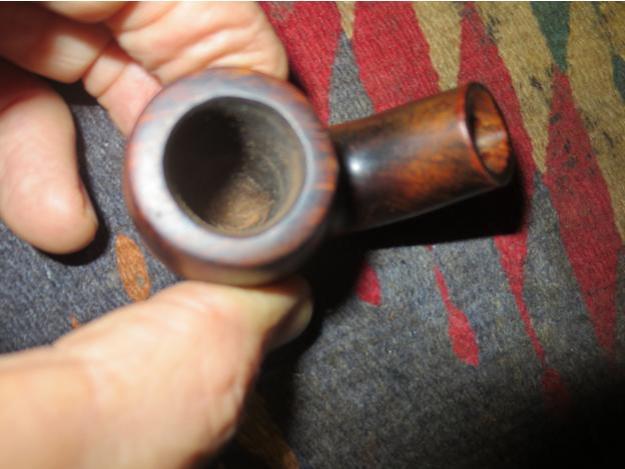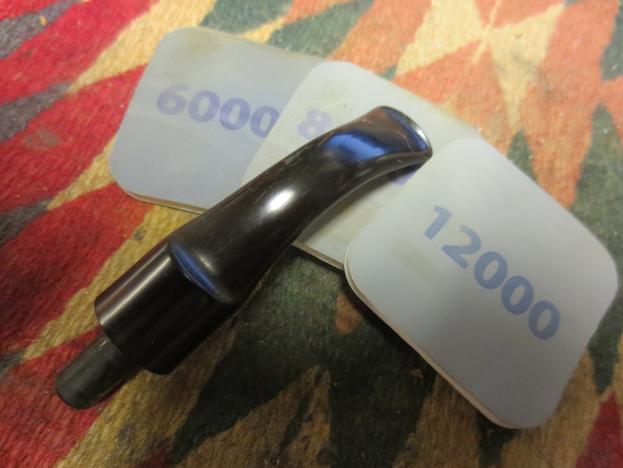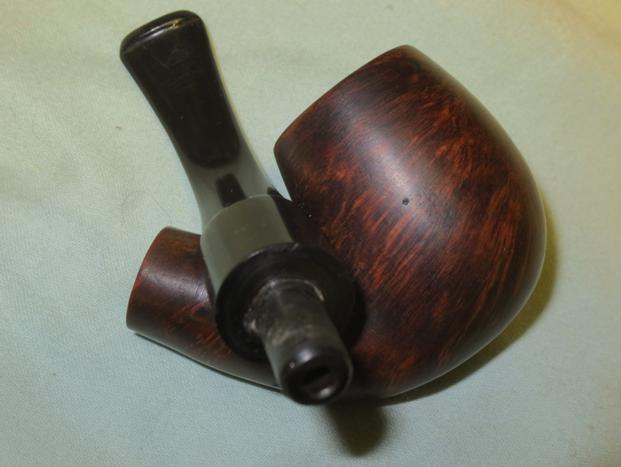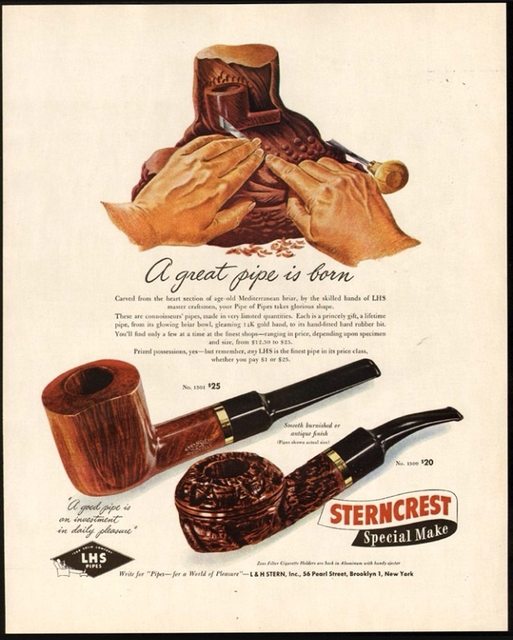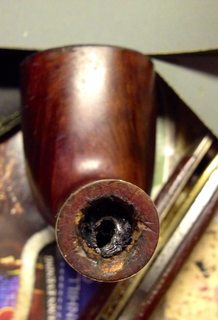By Al Jones
The Peterson 999 is an iconic Rhodesian shape and one of my favorites. I prefer the chubbier, pre-Republic versions of that shape and have a pre-Republic “Sterling” 999 in my collection. This pipe was found on eBay and appeared to in great condition.
I enjoy reading Mark Irwins “The Peterson Pipe Connoisseur & Collector” blog. The entry linked below, reviews nomenclature on pre-Republic pipes makes it easy to get a date range on a particular piece. Because Peterson used older stamps throughout various eras, only silver hallmarked pipes can be dated to a specific year. This pipe has the stacked “Made In Ireland” which was used between 1922 and 1938.
Mark Irwins Pre-Republic Blog Entry
Prior to 1920 it was rare for a country of origin to be stamped on the pipe, just Peterson’s Dublin on the band. After 1921/22,If it is stamped “MADE IN IRELAND” and the “Made in” is stacked over “Ireland” or “MADE IN EIRE” or several other forms, it was made between 1922 and 1938.
The Deluxe grade was the highest grade Peterson for that era and this one has some nice grain.
The photos from the seller were very good and I didn’t bother to take any “before” pictures of my own. The stem had some oxidation, but appeared to be free of any teeth marks. The gold “P stem logo looked perfect. The bowl had a few nicks and some circular marks on the bowl top that I hoped could be removed. The nomenclature was in great condition. Below is the pipe as advertised.
There was a small amount of cake, which was reamed and then the bowl was soaked with alcohol and sea salt. I used some 2000 grit paper to remove the marks on the bowl top, which lightened the stain. I applied some diluted Fieblings Medium Brown to the bowl top, just above the top ring. The stain blended in nicely with the factory finish.
The oxidation on the stem was heavier than it appeared. I started with 800 grit wet paper and then moved down thru 1500 and 2000 grades. 8000 and 12000 grade micromesh was used next. The stem was buffed lightly with White Diamond and then Meguiars Plastic polish. I was careful around the gold “P” logo and didn’t want to damage it. That made it tricky to remove the oxidation in that area and I wasn’t able to get all of it. I may go back later and revisit that section of the stem. The stem is threaded for the “chimney” but it is missing.
The bowl was buffed with White Diamond (staying away from the nomenclature areas) and then several coats of Carnuba wax.
Below is the finished pipe.

